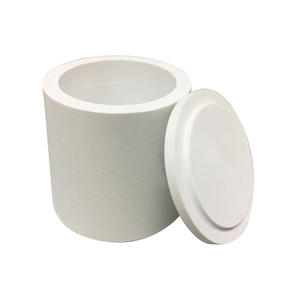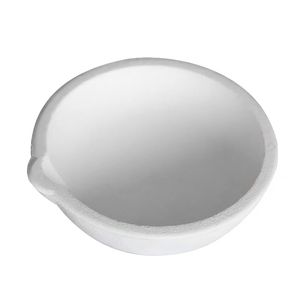Discover Premium Ceramic Products | Durability & Elegance United | Advanced Ceramics
PRODUCT PARAMETERS
Description
Overview of Boron Nitride Ceramic
Boron Nitride (BN) ceramic is a unique material renowned for its exceptional properties, making it highly valuable in various industrial applications. It exists in multiple forms, primarily hexagonal boron nitride (h-BN), cubic boron nitride (c-BN), and wurtzite boron nitride (w-BN). Hexagonal BN, the most common form, is often compared to graphite due to its lubricious and thermally conductive yet electrically insulating nature. Boron Nitride ceramics are synthesized under high temperatures and pressures, offering a rare combination of properties not found in many other materials.
Features of Boron Nitride Ceramic
Thermal Conductivity: Excellent thermal conductivity, especially in the hexagonal form, allowing efficient heat dissipation.
Electrical Insulation: Outstanding electrical insulation properties make it ideal for electrical applications requiring thermal management.
Chemical Stability: Highly resistant to chemical attacks, including strong acids and bases, ensuring durability in harsh environments.
Thermal Shock Resistance: Superior resistance to thermal shock, enabling it to withstand rapid temperature changes without cracking.
Mechanical Strength: Good mechanical strength at both room and elevated temperatures, although this can vary with the form of BN.
Lubricity: Self-lubricating property due to its layered structure, which reduces friction and wear in moving parts.
Non-Toxic: Safe to use in various settings, including medical and food processing industries, due to its non-toxic nature.
High-Temperature Performance: Maintains stability at extremely high temperatures, exceeding 1000°C in inert atmospheres, making it suitable for refractory applications.
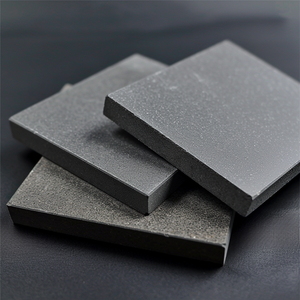
(HHot Pressing Sintered HPBN Boron Nitride Ceramic Sheet)
Specification of HHot Pressing Sintered HPBN Boron Nitride Ceramic Sheet
The HHot Pressing Sintered HPBN Boron Nitride Ceramic Sheet is a high-performance material designed for extreme industrial environments. It combines exceptional thermal stability with strong electrical insulation, making it suitable for demanding applications. The ceramic sheet is produced through advanced hot pressing sintering, ensuring a dense, uniform structure. This process enhances its mechanical strength and resistance to wear.
The material excels in high-temperature settings. It operates effectively in environments up to 1800°C in inert gases and 900°C in oxidizing atmospheres. Its thermal conductivity ranges between 25-35 W/m·K, outperforming many traditional ceramics. This property allows efficient heat dissipation, critical for preventing equipment overheating.
Electrical insulation remains stable even at elevated temperatures. The sheet maintains a volume resistivity of 10^14 Ω·cm at 1000°C, preventing current leakage in high-voltage applications. This feature is vital for electronics and power systems requiring reliable insulation under thermal stress.
Chemical resistance is another key advantage. HPBN resists corrosion from molten metals, acids, and alkalis. It does not react with most non-ferrous metals like aluminum or copper, making it ideal for metal casting and semiconductor processing.
Thermal shock resistance ensures durability under rapid temperature changes. The low thermal expansion coefficient (2-6×10^-6 /°C) minimizes structural stress during heating or cooling cycles. This reduces cracking risks, extending the component’s service life.
Machinability allows customization to specific shapes and sizes. The material can be precision-cut, drilled, or ground without specialized tools, simplifying integration into complex systems.
Applications span aerospace, metallurgy, electronics, and energy sectors. Common uses include crucibles, insulators, furnace components, and diffusion barriers. Its non-toxic nature and lack of chemical additives ensure safety in sensitive processes.
The HPBN sheet’s combination of thermal management, electrical insulation, and mechanical reliability supports industrial efficiency. It addresses challenges in high-heat operations while reducing maintenance needs.
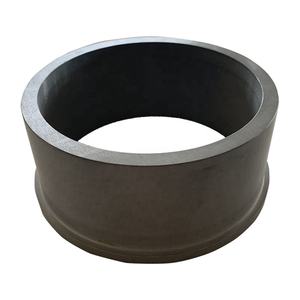
(HHot Pressing Sintered HPBN Boron Nitride Ceramic Sheet)
Applications of HHot Pressing Sintered HPBN Boron Nitride Ceramic Sheet
Hot pressing sintered HPBN boron nitride ceramic sheets are advanced materials used in high-temperature industrial processes. These sheets handle extreme heat and resist chemical reactions. They work well in environments where metals or other ceramics fail. Their structure combines strong thermal conductivity with electrical insulation. This makes them ideal for applications needing heat management without electrical interference.
In metallurgy, HPBN sheets shape molten metals. They line crucibles and molds for casting alloys. Their non-wettability prevents metal adhesion. This ensures clean separation after cooling. They last longer than traditional materials. This reduces downtime and maintenance costs.
Semiconductor manufacturing uses HPBN sheets as components in crystal growth systems. They hold molten materials during processes like liquid phase epitaxy. Their stability at temperatures over 2000°C maintains process consistency. They avoid contaminating sensitive semiconductor materials. This improves product quality in electronics production.
Aerospace industries apply HPBN sheets in thermal protection systems. They shield components from intense heat during re-entry or propulsion. Their lightweight nature doesn’t add bulk to aircraft. This balances durability with performance needs.
Electronics rely on HPBN sheets for heat dissipation in high-power devices. They transfer heat away from components like transistors or LEDs. This prevents overheating and extends device lifespan. Their electrical insulation protects circuits from shorting.
Glass and metal processing use HPBN sheets as non-stick surfaces. They line furnaces and rollers. Molten glass or metal slides off without sticking. This reduces waste and improves surface finish on final products.
Nuclear reactors employ HPBN sheets as neutron absorbers. They withstand radiation and high temperatures in reactor cores. Their stability ensures long-term safety and efficiency.
Research labs use HPBN sheets in high-temperature experiments. They serve as crucibles or insulators. Their reliability supports accurate data collection under extreme conditions.
HPBN sheets adapt to custom shapes and sizes. This flexibility meets specific industrial needs. Their combination of thermal, electrical, and chemical properties makes them a practical choice for demanding applications.
Company Introduction
Advanced Ceramics founded on October 17, 2014, is a high-tech enterprise committed to the research and development, production, processing, sales and technical services of ceramic relative materials and products.. Since its establishment in 2014, the company has been committed to providing customers with the best products and services, and has become a leader in the industry through continuous technological innovation and strict quality management.
Our products includes but not limited to Silicon carbide ceramic products, Boron Carbide Ceramic Products, Boron Nitride Ceramic Products, Silicon Carbide Ceramic Products, Silicon Nitride Ceramic Products, Zirconium Dioxide Ceramic Products, Quartz Products, etc. Please feel free to contact us.(nanotrun@yahoo.com)

Payment Methods
T/T, Western Union, Paypal, Credit Card etc.
Shipment Methods
By air, by sea, by express, as customers request.

5 FAQs of HHot Pressing Sintered HPBN Boron Nitride Ceramic Sheet
What is HPBN boron nitride ceramic sheet? HPBN stands for hot-pressed boron nitride. It is a ceramic material made by pressing boron nitride powder under high heat and pressure. This process creates a dense, strong sheet. HPBN has high thermal conductivity. It stays electrically insulating even at high temperatures. It resists chemical reactions with most metals and gases.
Where is HPBN ceramic sheet commonly used? HPBN sheets work in high-temperature industrial setups. They are used in metal melting, crystal growth, and semiconductor processing. They serve as insulation parts in furnaces or crucibles. HPBN sheets are also used in electronics for heat dissipation. They fit applications needing heat resistance and electrical isolation.
What temperature can HPBN sheets handle? HPBN sheets withstand temperatures up to 1800°C in inert gas or vacuum. In air or oxygen-rich environments, they work up to 900°C. Sudden temperature changes might cause cracks. Gradual heating or cooling is recommended for long-term use.
Why pick HPBN over other ceramics like alumina? HPBN conducts heat better than alumina or zirconia. It expands less when heated, reducing stress in thermal cycles. HPBN is easier to machine into precise shapes without cracking. It resists sticking to molten metals. This makes it ideal for metal casting or welding applications.
How to handle HPBN sheets safely? HPBN is brittle before sintering. Avoid dropping or applying sudden force. Keep the sheets dry before sintering to prevent moisture absorption. Wear gloves to avoid oil or dirt from skin contact. Store in a clean, dry area away from direct heat until use.
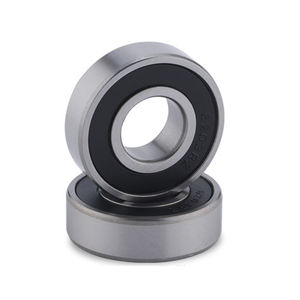
(HHot Pressing Sintered HPBN Boron Nitride Ceramic Sheet)
REQUEST A QUOTE
RELATED PRODUCTS
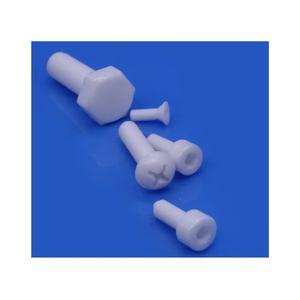
Boron Nitride Ceramic Melting Silicon Crucible
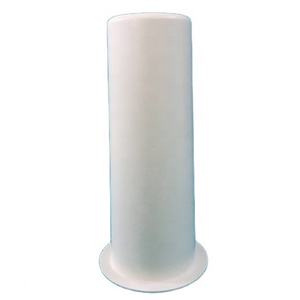
High Working Temperature Customized Boron Nitride Pipe BN Ceramic Roller Sleeve
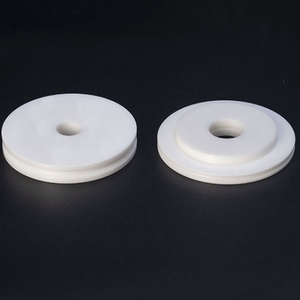
Hot-Pressed Hexagonal Boron Nitride Ceramics Industry Ceramic
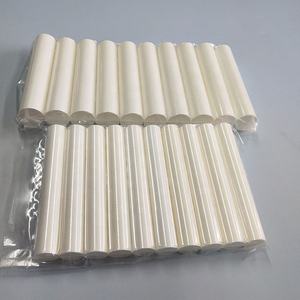
Hot Pressing Boron Nitride Ceramic Component for Industry

High Thermal Conductivity Hot Pressed Hexagonal Customized Boron Nitride Ceramics
